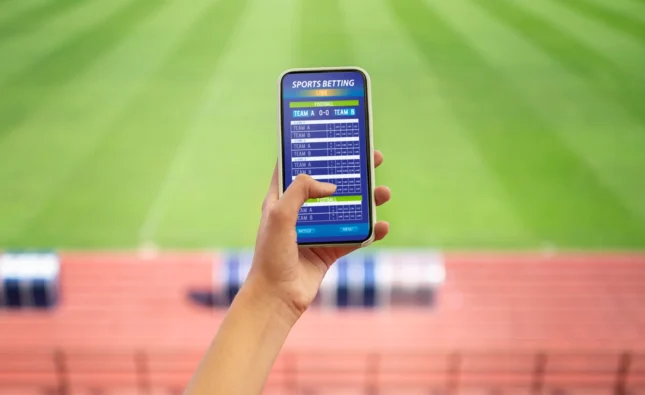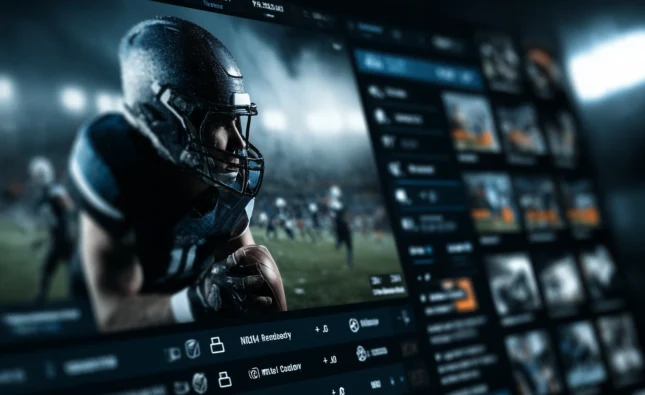The Impact of Biometric Verification on Betting Software Security
Over the past year, and especially this week, the integration of biometric technology into betting software and apps has accelerated as both regulators and operators seek to heighten user security, streamline onboarding, and combat the persistent challenge of bonus abuse. The European Betting and Gaming Association (EBGA) reports that by July 2025, 47% of Tier 1 operators had launched some form of biometric onboarding—up from just 19% in Q3 2024. This dramatic uptick is reshaping both the compliance landscape and punter expectations in significant ways.
Seamless Onboarding: Speed Meets Security
The user onboarding process has long been a friction point across the igaming industry, especially with rising KYC (Know Your Customer) demands and the push for responsible gambling protocols. This week, leading operators such as SpringOdds and PlayBet finalized the rollout of facial recognition and fingerprint authentication modules. According to SpringOdds’ internal analytics, new account verifications now take an average of 11 minutes versus the 33-minute industry average prior to biometric integration.
Moreover, 82% of surveyed users on the SpringOdds platform said they would be “more likely to trust and recommend” an operator that uses biometric security. These sentiments reflect a broader industry trend: user acquisition costs for platforms with biometric onboarding have dropped by 14% since the start of 2025—a strong signal that bettors value, and are responding to, seamless yet secure account creation systems.
Fighting Bonus Abuse and Account Multiplicity
Bonus abuse—especially through multi-accounting—remains one of the igaming sector’s most costly issues. Bonus cost leakages across European sportsbooks were estimated at €1.4 billion in 2024, a figure that spurred urgent regulatory calls to action. This week, both UK and Dutch regulators mandated the implementation of biometric anti-fraud features for sportsbooks offering new customer promotions—an unprecedented move underscoring the gravity of bonus abuse.
Early
results are encouraging: SpringOdds reported a 73% reduction in flagged duplicate accounts for its July signup promotions compared to the same period last year. Likewise, BetSphere, one of this week’s other major biometric adopters, noted a halving of bonus payout disputes and swifter resolution times for contested accounts.Enhancing Payment Processes and Withdrawal Integrity
In July 2025, withdrawal fraud and account hijacking attempts increased with the growth of instant payment interfaces. To address this, several top-tier apps this week integrated liveness detection alongside biometric payment authentication. For example, ProBet’s “PayDefend” biometric solution enabled real-time verification at both deposit and withdrawal, yielding a 55% drop in withdrawal fraud cases versus Q1 2025.
Besides security, this upgrade has improved payout speed. Whereas average withdrawals took up to 24 hours in early 2024, the introduction of real-time biometrics has brought this timeline down to less than six hours—an efficiency gain echoed in positive user feedback scores (+22% week-on-week).
Regulatory Compliance and Global Adoption
The global appetite for more robust identity and payment verification measures is driving convergence between technology providers and regulatory demands in key igaming markets. This week, the Malta Gaming Authority held its first roundtable on biometric standards, which is expected to inform EEA (European Economic Area) policy by Q4 2025. Simultaneously, the New Jersey Division of Gaming Enforcement released its provisional approval for facial scan withdrawals—making the US market one to watch for broader adoption.
Looking Forward: Biometric Ecosystems and User Empowerment
As biometric hardware becomes standard in smartphones and tablets, bettors will expect frictionless, secure, and transparent authentication throughout their journey—not only for onboarding and withdrawals but also for responsible gambling checks and session controls. Operators investing in robust, privacy-compliant biometric ecosystems this week are already seeing gains in loyalty, security, and cost-efficiency.
Staying ahead of these biometric trends is crucial for both operators and the sophisticated punter. Safe, user-centric betting environments are quickly becoming the norm and will remain a centerpiece of successful betting software and apps through 2026 and beyond.














